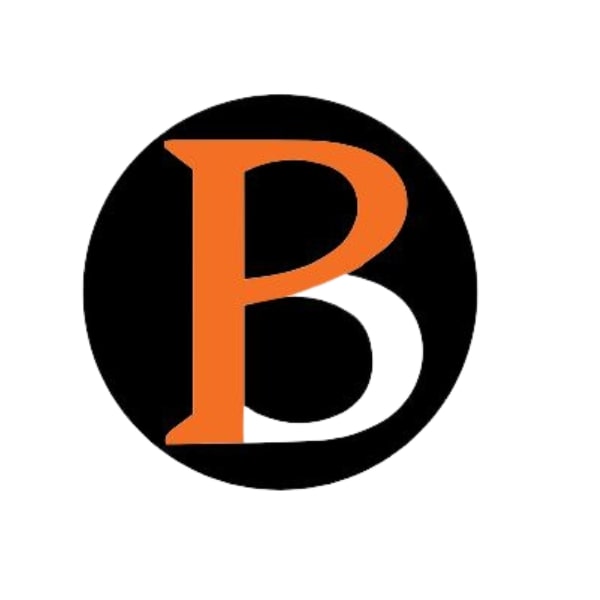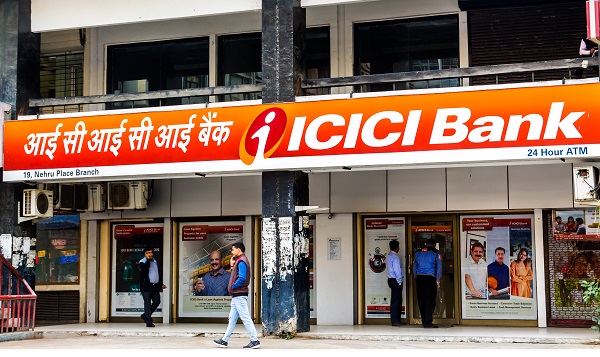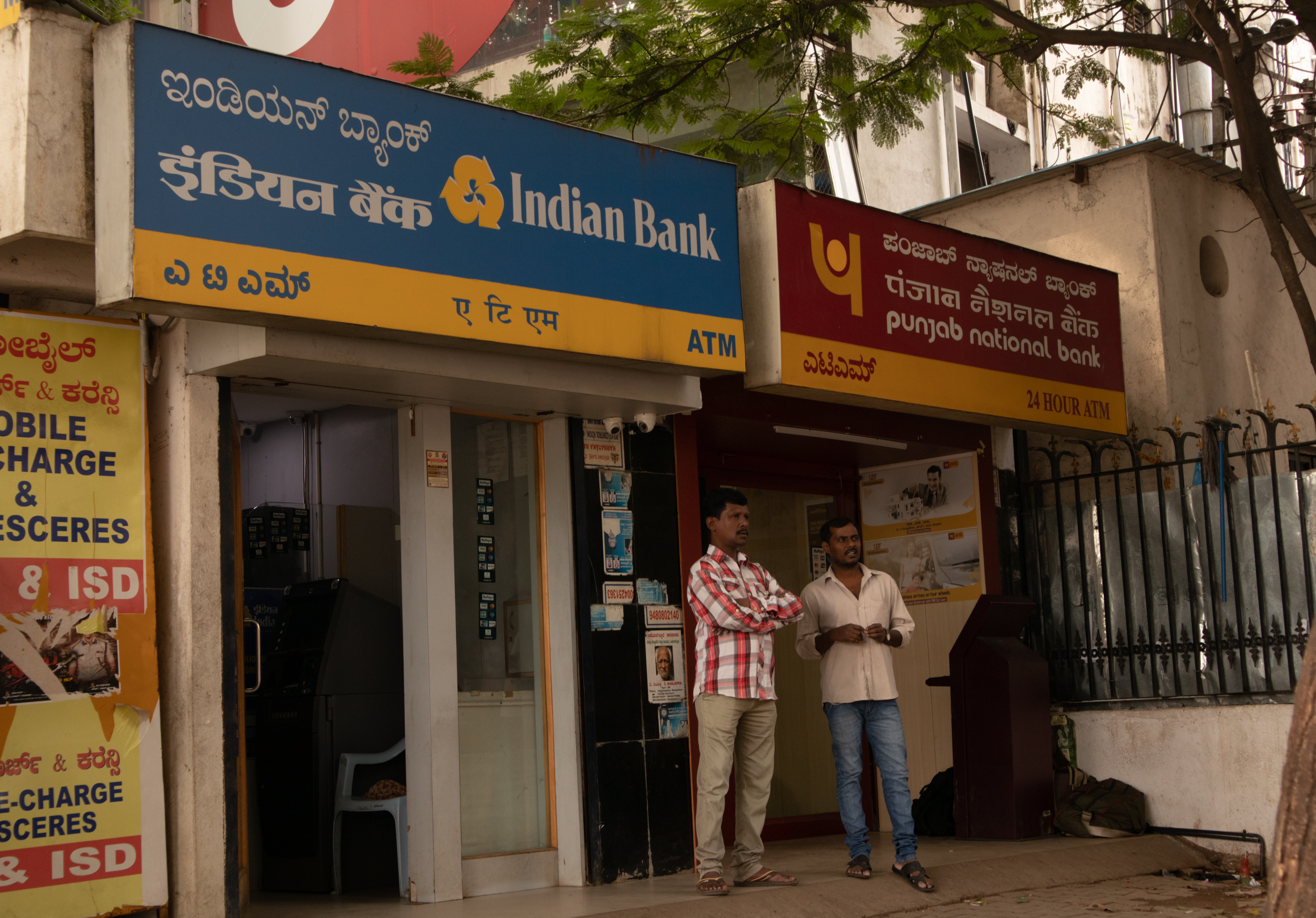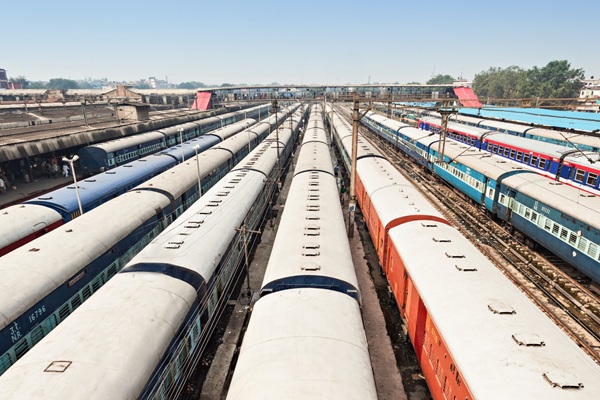.png)

Groupthink is the House View of BasisPoint’s in-house columnists.
July 19, 2025 at 1:37 PM IST
HDFC Bank and ICICI Bank have long stood side by side as India’s most trusted lenders. Their June quarter earnings show they still dominate the field, with strong profits, sound capital, and no visible signs of stress. But scratch beneath the surface, and a striking divergence emerges—not in size or ambition, but in how each institution is choosing to navigate the next phase of the cycle.
HDFC Bank’s net profit rose 12.2% year on year to ₹182 billion, a steady result at first glance. But provisions soared more than fourfold to ₹144 billion. Of that, ₹90 billion were floating provisions and ₹17 billion were additional contingent buffers. These were not tied to any fresh bad loans or regulatory push. Management described them as pre-emptive, designed to fortify the balance sheet while the credit environment remains benign.
ICICI Bank, in contrast, added just ₹18 billion in provisions—less than one-eighth of HDFC’s number—despite a similar asset quality print. Its gross non-performing assets ratio was 1.67%, marginally higher than HDFC’s 1.4%, but its provision coverage stood at a robust 75.3%. It made no new countercyclical buffers, choosing instead to trust its underwriting and collection systems.
This is not a question of who is right. It is a question of tone. HDFC is preparing for risk that is not yet visible. ICICI is executing for growth with confidence that its risk is well understood. One is building a moat, the other is climbing the hill.
That contrast runs through the operating lines. ICICI Bank grew net interest income by 2.1% sequentially, while HDFC saw a 2% dip. ICICI’s pre-provision operating profit rose 6.1% quarter on quarter, whereas HDFC’s surged 35%. But in HDFC’s case, the boost came from a ₹91.3 billion gain on the sale of shares in its subsidiary, HDB Financial Services. Strip that out, and the underlying momentum looks more muted.
Non-interest income grew sharply for both, but again for different reasons. ICICI’s fee income rose steadily and remains anchored in retail, rural, and SME clients, who accounted for 79% of the fee base. HDFC’s jump was mostly market-linked, not customer-driven. These are very different income profiles—one recurring and granular, the other one-off and episodic.
Loan growth also reflected the split. ICICI Bank grew advances by 1.7% over the previous quarter, and 11.5% year on year, with strength in business banking and a steady corporate book. HDFC Bank managed just 0.3% sequential loan growth, with deposits growing faster than credit. That might be seen as conservatism, or simply a case of digestion post-merger, but the numbers suggest it is playing catch-up.
Capital remains a strong point for both banks. HDFC Bank’s capital adequacy ratio stood at 19.9%. ICICI Bank’s was lower at 16.97%, but still well above regulatory thresholds. HDFC paired its provisioning caution with shareholder generosity, announcing a ₹5 special dividend and a 1:1 bonus issue. It was a deliberate message—the bank can afford to prepare and still pay out. But such generosity also invites a question. If the environment is stable enough for a bonus, why such a sharp rise in provisions?
That tension is not present in ICICI’s numbers. The bank added 83 new branches, kept its cost-to-income ratio at 37.8%, and held return on assets at 2.44%, the highest among large banks. HDFC matched that with a RoA of 1.92%, flat from the previous quarter.
Valuations remain close, but the underlying stories are moving apart. Systematix Group pegs HDFC Bank at 2.3 times book for 2025–26, with a return on equity near 14.4%. ICICI Bank trades at a slight premium on the back of its more consistent RoA and margin metrics. That premium may look narrow, but the differences in operating rhythm are beginning to widen.
This is not a leadership handover. HDFC remains the country’s largest private bank with unmatched reach and brand equity. But the strategic notes have shifted. ICICI is letting its ratios speak. HDFC is narrating its caution. The market will decide which voice it finds more reassuring.




